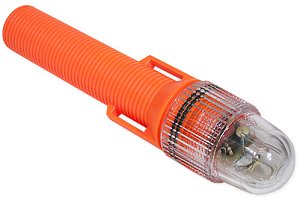Texas Tower TT-4 (2/2)


Texas Tower #4, located approximately 75 miles due east of Barnegat Inlet NJ, and 58 miles out of Fire Island Inlet NY, was one of three offshore radar installations ( #1 was never built ) intended to provide advance warning of enemy air attacks, all part of the Distant Early Warning system (DEW line) encircling the United States and Canada. This technology is not used today, as it was quickly made obsolete by newer airborne radars. The "Texas Tower" nickname came from the platforms' resemblance to offshore oil rigs in the Gulf of Mexico.
The first two towers, off of Nantucket and Boston, were driven into a rocky ocean bottom in relatively shallow water ( 50 and 80-foot depths. ) TT #4, however, was more of a challenge. It would stand in 180 feet of water, and rise nearly 70 feet above the surface. The triangular platform measured 187' per side, and the structure weighed 3,200 tons. Each leg was 300' long, 12.5' in diameter, and weighed 450 tons. TT #4 was considered an "engineering triumph" when it was floated into position in the summer of 1957 and was built to withstand winds up to 125 mph and waves up to 60' high. This design was thought sufficient to get the tower through any storm known.
The battering delivered by storms combined with the soft mud and sand which formed the foundation for the Tower's legs, however, soon began to take its toll. Repairs were made after each of the two hurricanes which hit the Tower, but its stability continued to decline, and TT #4 soon earned the nickname "Old Shaky". Most of the 70-man Air Force crew was evacuated near the end of 1960, but a skeleton crew of 28 men ( 14 airmen and 14 civilian repairmen) remained through the winter, despite the urging of the Tower's commander that they all be evacuated until repairs could be completed in the spring. In January of 1961, yet another storm struck the tower. Rescue ships were dispatched but were too late. On January 15, less than four years after it began operation, Texas Tower #4 disappeared from a rescue ship's radar screen and collapsed into the sea, killing all aboard. The immediate rescue mission, which evolved into a month-long recovery and investigative operation, recovered only two bodies.
Original NJScuba website by Tracy Baker Wagner 1994-1996


Questions or Inquiries?
Just want to say Hello? Sign the .